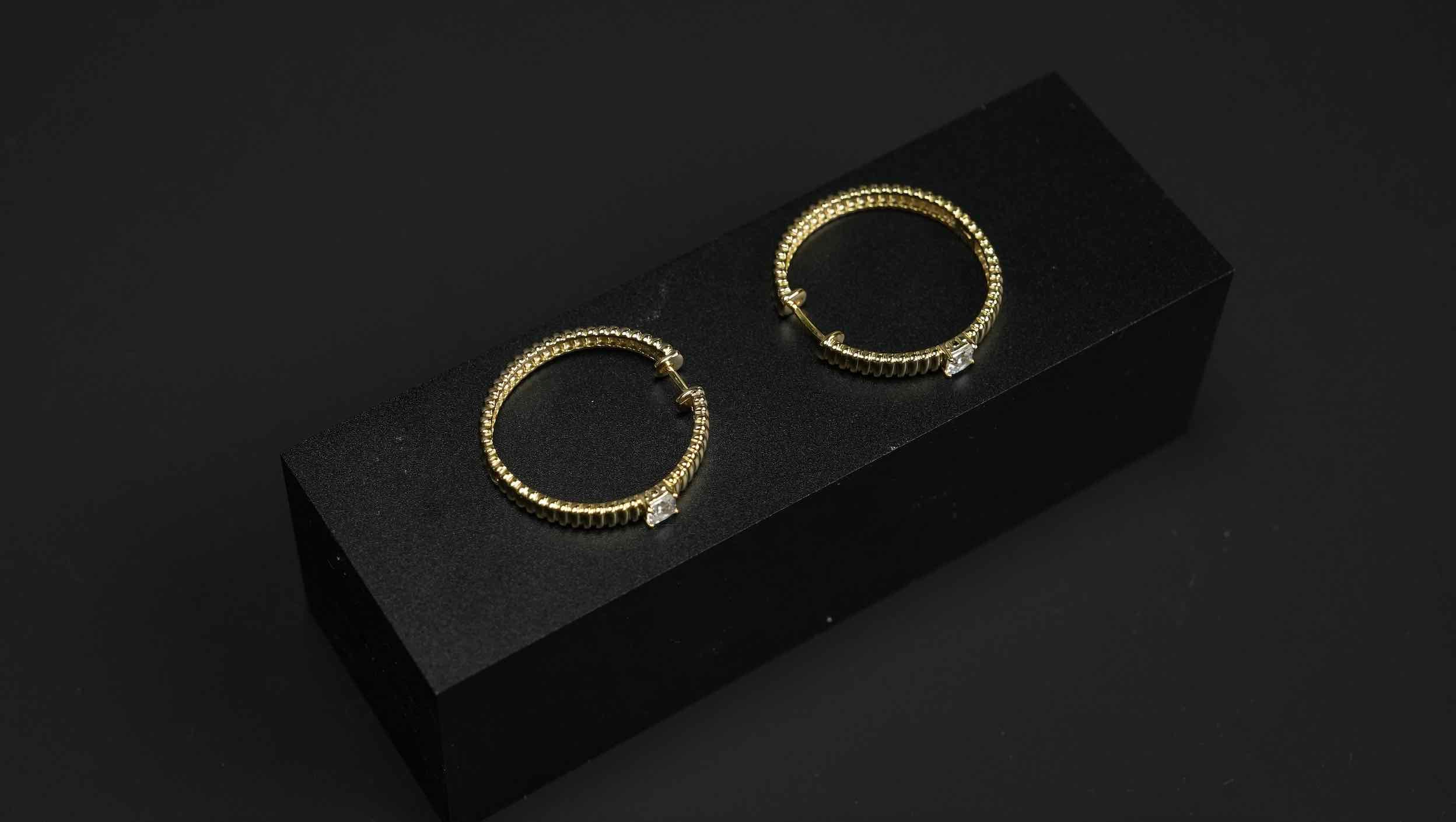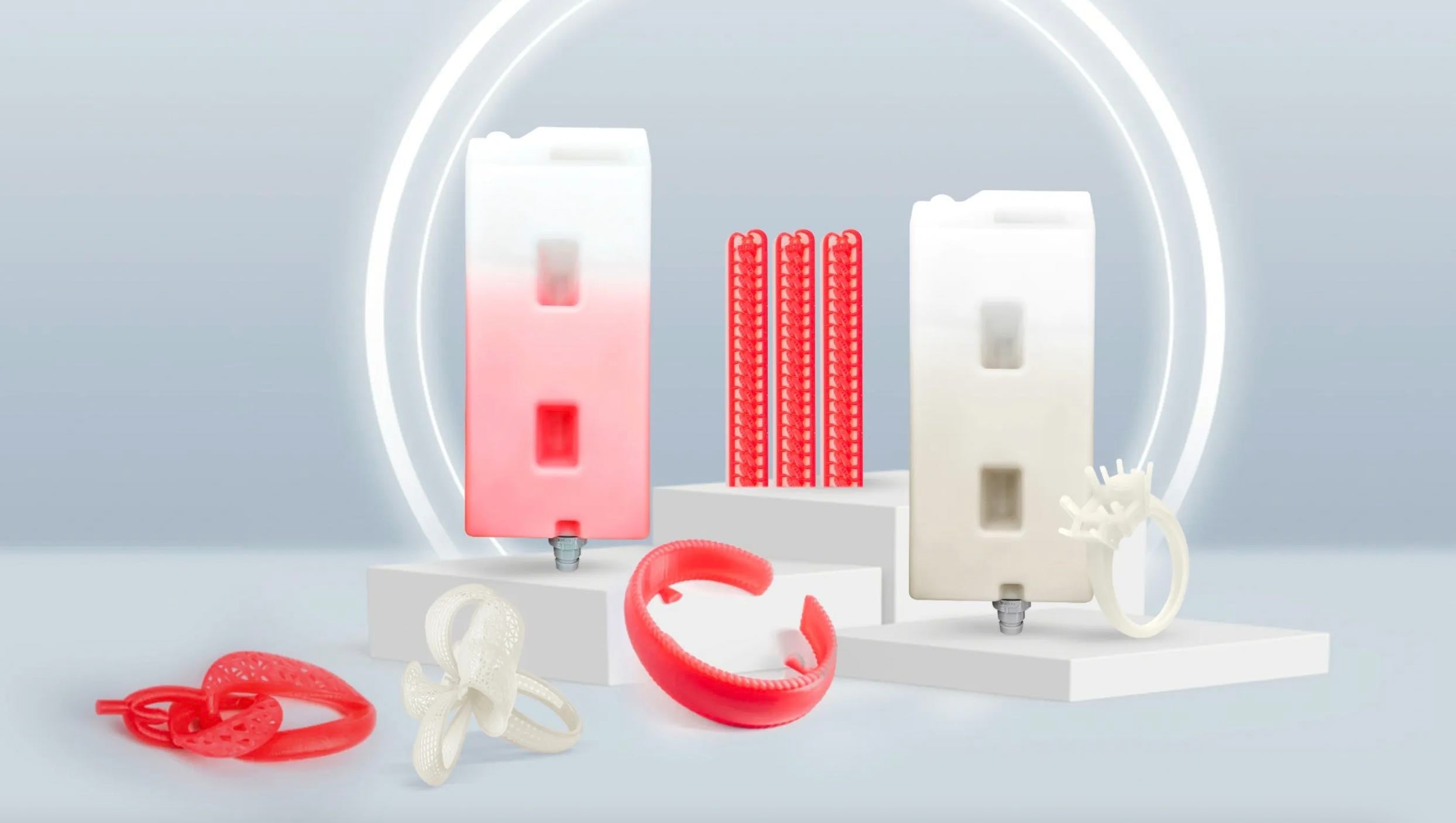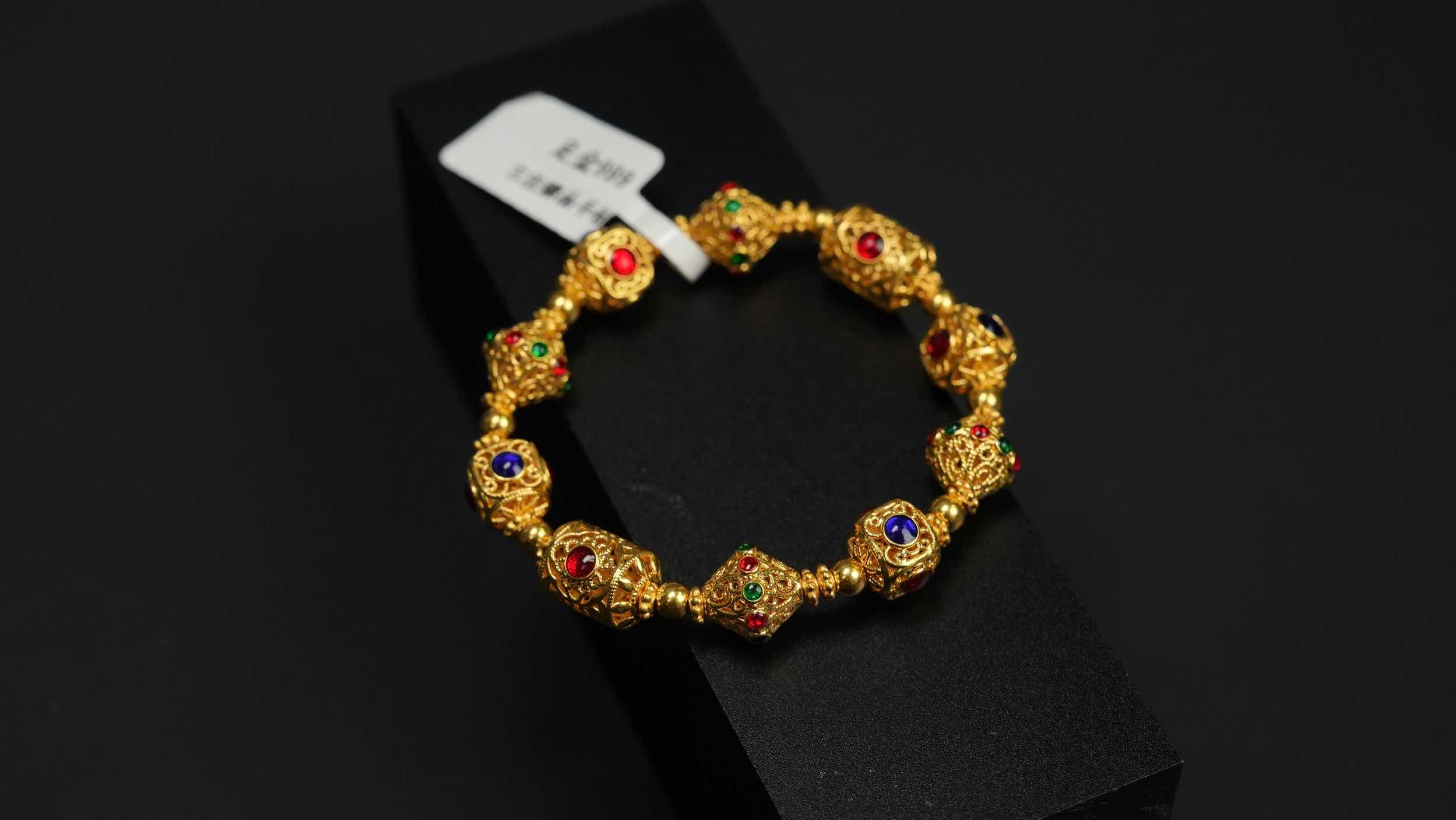3D Printing Business Models: Service Studios & Large-Scale Farms
In the era of rapid digital manufacturing development, 3D printing is reshaping traditional manufacturing with unprecedented speed. From humble beginnings as prototyping tools, 3D printers have evolved into core technologies capable of large-scale production, spawning several distinctive business models. As equipment costs decline and material options expand, three dominant market formats have emerged: custom-driven 3D printing service studios, batch-focused 3D printing farms, and consumer trend–driven 3D printed toy businesses. Despite relying on similar FDM technology, each differs significantly in customer base, operational scale, revenue model, and delivery logic.
This article provides a full-spectrum analysis of these three major business models—from equipment setup and target clientele to delivery capabilities and future trends—helping industry insiders, entrepreneurs, and 3D printing aficionados thoroughly understand the commercial potential and development trajectory of this emerging sector.

3D Printing Service Studios: Customization and Personalized Service at the Core
3D printing service studios were among the earliest successful commercial applications of the technology, pioneering the approach of personalized manufacturing. Their core value proposition lies in delivering tailor-made solutions that align perfectly with the modern consumer’s demand for uniqueness and differentiation. Whether it’s prototyping for product designers, bespoke assistive devices for medical institutions, architectural models, or artistic creations, these studios have demonstrated irreplaceable value across diverse professional fields.

These studios’ strength is technological diversity. Experienced providers typically own multiple types of printers—FDM machines for functional parts, SLA printers for high-precision moulding, and SLS systems for complex structures or metal components. This versatility enables them to serve clients across industries with varying needs. For instance, automotive clients often require heat-resistant, high-strength prototypes—best produced using nylon or PC via FDM—while dental offices need high-accuracy, smooth-surfaced dental models, for which SLA is ideally suited.
When it comes to pricing, most service studios employ a project-based model, commonly charging by material weight (per gram) or production time, with rates heavily influenced by regional competition and labor costs. The inherent advantages of 3D printing—compact machines, high automation, and minimal space requirements—enable these services to be widely distributed. Customers often favor local providers with faster response times and higher-quality output over more distant competitors.

From an equipment-investment perspective, demand in this sector typically centers around small-batch custom orders: prototype models, functional test parts, or limited-end-use components. Even a single printer can fulfill such needs. However, industrial-grade machines like high-end SLA systems can cost tens of thousands of USD, raising entry barriers. In manufacturing hubs, clusters of small studios often co-exist, each with different machines, cooperating to serve regional demand. For example, China’s Yiwu International Mould City hosts numerous such studios, collectively forming a flexible and efficient service network.

Notably, leading studios are moving toward specialization and upmarket services. Rather than handling only print jobs, they now provide end-to-end solutions—design consulting, modeling optimization, and post-processing. In high-tech verticals such as medical implants and aerospace components, these providers enjoy higher profit margins and stronger client loyalty, building significant competitive barriers. This strategic shift enhances their service value and market resilience.

Overall, 3D printing service studios represent a globally established business model. Through flexible technology, localized service, and increasing professionalism, they support manufacturing innovation across diverse industries.
3D Printing Farms: Small-Batch Custom Manufacturing at Scale
Emerging from service studio models, 3D printing farms emphasize small-batch custom manufacturing, meeting the demand for efficient, flexible production. This approach is especially suited for rapid production of end-use components. Take, for example, a factory engineer who designs a tool to improve assembly-line efficiency: after successful prototyping, the factory may need hundreds of these tools across dozens of lines—a perfect fit for a printing farm’s capabilities.

Additionally, rising demand in the custom toy market has driven the development of toy-focused printing farms—a sub-sector detailed later.
Equipment-wise, printing farms typically deploy dozens of mid-tier printers like Flashforge Creator 4, Raise3D Pro3 Plus, Bambu Lab X1E, or industrial-grade INTAMSYS machines, often complemented by DLP or SLA systems for high-resolution surface needs. This mix supports industrial-grade parts and diverse consumer-product applications.
Orders usually consist of a few hundred pieces of industrial or consumer samples, with an emphasis on efficiency and rapid turnaround. While toy orders may occur, regular farms cannot match the volume of dedicated toy farms.
Printing farms represent a paradigm shift in manufacturing: they organize printer fleets into efficient, distributed networks, overcoming centralized manufacturing constraints. In Chinese manufacturing centers like Yiwu and Dongguan city, this model has rapidly evolved into industrial clusters. Local farms divide labor, integrate resources, and build a flexible, efficient digital manufacturing ecosystem.
Importantly, this model is global—found in Europe, North America, and Southeast Asia—leveraging distributed placement, flexible scheduling, and fast delivery to address diverse, customizable manufacturing needs. The model signals a future of more flexible, intelligent, and decentralized industrial systems.
3D Printed Toy Farms: A New Era in Personalized Toy Manufacturing
The 3D printed toy farm reflects the convergence of digital manufacturing and creative commerce, embodying speed, agility, and personalization. Unlike traditional toy molding, this model eliminates mold development entirely. Complex articulated toys can go from concept to production within 5–7 days, vs. 3–6 months via injection molding—allowing entrepreneurs to hit the market with unprecedented speed.

3D printing excels in suspended hinge structures, which injection molding struggles with—3D printers handle such geometry effortlessly.
Profitability hinges on market timing and responsiveness. When “3D-printed dragon eggs” and “mechanical dragons” swept global trends in early 2024, proactive farm owners retooled in 72 hours and achieved scale production within a week—a feat injection molders couldn't match. Farm operators report that in hot seasons, ROI can be recovered in just three months, yielding high annualized returns.
However, challenges include market volatility and short product life cycles—bestsellers peak within 2–3 months before price wars commence. Thus, toy farms must have agile scheduling systems, market detection, and rapid iteration capabilities.
Hardware-wise, the barrier is low, leading to intense competition and resulting in only large-scale farms surviving. Since 2024, China has witnessed multiple farms with over 10,000 printers, achieving lowest per-unit cost and fastest delivery. Most use desktop-class high-speed FDM machines like Flashforge AD5M and Bambu Lab P1 for speed, reliability, and low maintenance. Mid-sized farms (50–100 printers) can produce over 400,000 toys monthly—enough for mid-level wholesalers.

Thanks to slicing tools or apps, operators can monitor hundreds of printers in real time, scheduling intelligent and 24/7 printing. Domestic low-cost equipment is the dominant choice for its stability and affordability.
Sales channels include Amazon, Etsy, TikTok Shop, where 3D-printed toys perform strongly. For instance, a “mechanical dinosaur” costs RMB 25–35 to produce but retails at USD 30–50 abroad—attractive margins drive entrepreneur interest.
Successful farms share traits: creative design (STEM or interactive elements), social media marketing via short videos, and weekly product iterations to sustain momentum.
Yet the industry grapples with IP issues and product duplication. Popular models like the 2025 hit “Labubu” figurine are widely pirated, triggering copyright battles and margin erosion.
Currently, large-scale toy farms cluster in China, benefiting from low material, equipment, and labor costs. High operating costs in Europe or NA hinder local toy farm formation, so many global sales come via cross-border shipping from China.

Future Outlook: Specialized Yet Synergistic
Interestingly, these models are becoming increasingly synergistic. Creative toy brands are building small in-house farms to control quality and delivery; large farms are branching into custom services to improve printer utilization; service providers offer modeling and technical support to toy startups. This cross-pollination is transforming the industry toward full-process, coordinated service models.
Despite these overlaps, core strengths remain distinct. A toy-focused farm, even with ample capacity, cannot easily replicate the precision and material control required for critical industrial parts.
Looking ahead, as equipment becomes smarter, software more automated, and materials advance, expect these three 3D printing models—service studios, printing farms, and toy businesses—to deepen their integration while maintaining distinct advantages. Together, they will pave the way for a new, on-demand manufacturing ecosystem.



